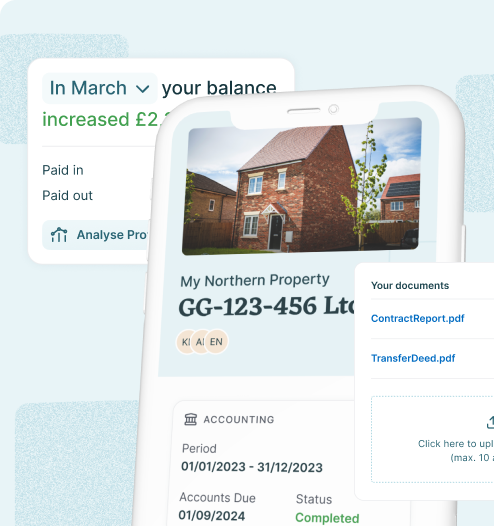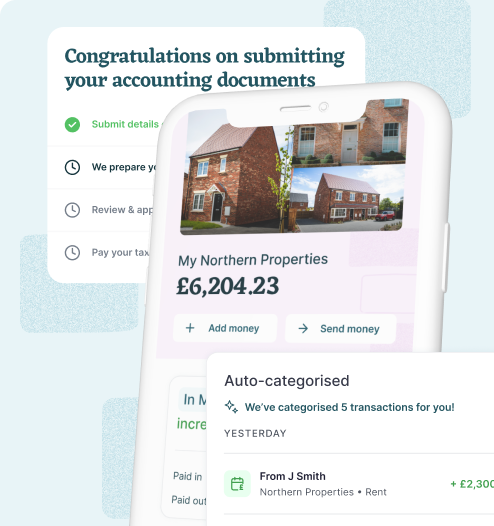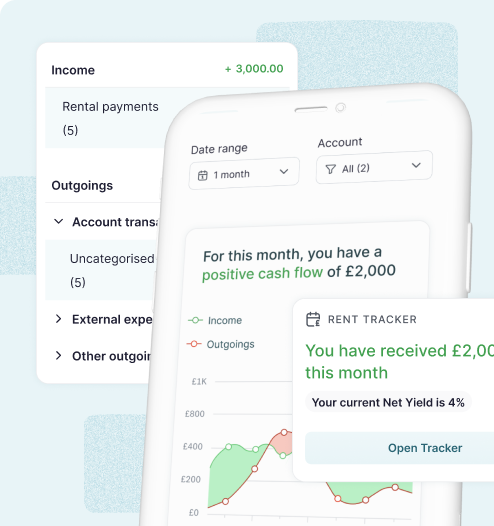
In part two of our trio of blog posts, we take a look at the differences between shareholders and directors, and provide some direction on structuring shares in your company.
More than 60% of all UK buy-to-let purchases made in 2020 were done through companies. In 2015 that proportion was just 15%. While company BTL has become the standard way to invest in property, most investors do not set up their limited companies correctly to maximize on their potential investment returns. The advantages of investing through companies are determined by the way the company is structured, the quality of its legal documentation, and the continuous management of that company.
This blog should only serve as an information guide. Should you have any concerns or questions about your specific circumstances, please make sure to consult your advisor before forming or structuring your limited company.
Continue reading to learn about shareholders, directors and share structure. There is also part 1 to this series, "setting up a buy to let company: sic code and more", which covers key building blocks of a company and frequently asked questions. Alternatively, there is a full guide on setting up a buy to let limited company for an overview of all the key parts.
Shareholders and directors, what do they mean and who should it be?
What is a shareholder?
A shareholder is essentially an owner in the company and as such may receive company profits via dividends. UK companies require there to be at least one shareholder in the company.
A shareholder can own all of the shares in the company. Alternatively shares can be shared equally or unequally between two or more shareholders. For example, let’s assume a company has 4 ordinary shares. One shareholder owns 1 share, another owns 3 shares. Each will then respectively own 25% and 75% of the company.
Being a shareholder typically means that you have voting rights and influence over the running of the company. You may also be paid dividends from company profits which is usually based on the % shareholding you have. For example, a shareholder that has 3 shares out of 4 in a company is typically entitled to 75% of the dividends.
Potential Pitfall: Make sure you determine early who you want your shareholders in your company to be. Although adding shareholders to your company later is a relatively straightforward process, it can cost time and legal fees to do so properly.
What GetGround offers: through our platform, we offer a fully digital platform for our clients to easily add and remove shareholders. All of the back-end processes are automated through our technology.
What is a director?
A director has legal responsibility for the running of the company. It is a legal requirement that your company has at least one director in it.
Most often, a director is also a shareholder, but not all shareholders will be directors.
Potential Pitfall: Directors have a number of legal duties such as exercising care, skill and diligence in the running of the company. They also have a number of administrative duties, such as the filing of company accounts on time. They can face substantial penalties if they do not carry out their duties correctly.
Solution: It is wise to use a specialist provider of BTL company management services to not only set-up and structure the company but also to manage the ongoing financial and secretarial administration of the company. This saves considerable time and money. Through our survey, on average landlords with no company management service provider spend anywhere between 1-7 days a month managing their company.
What GetGround offers: As part of your monthly fee, GetGround offers our clients comprehensive digital company management services which includes small company account preparation and filing.
Should my companies’ shareholders and directors be people or entities?
It is generally better when the shareholders and directors of companies formed to invest in BTL property are actual individuals, rather than entities such as trusts, LLPs or other companies.
The best BTL finance options will typically make this a condition on their offer.
What’s the best share structure for my BTL company?
There are different types of shares that a company can be made up of, such as Ordinary shares, Alphabet shares, amongst others.
For property holding companies it is typically best to keep the structure simple as it is easier for an investor to manage, and allows for quicker due diligence by your lender’s lawyer. It is therefore typically best to select Ordinary shares as the share type for the company. This means that each share gives the owner one “vote” per share. This prevents complicated share structure by having certain share types have more voting power than others. Having one vote per share simplifies the entire share structure.
What GetGround offers: As our platform is built for scale, each of our company’s structure is identical and easy to follow.
Structuring your property investment
GetGround can make achieving tax-efficient investing much simpler by setting up your property limited company. GG Company means you can design a limited company in under half an hour and we handle all the admin that comes with it — giving you a hassle-free way to increase the returns on your investment, reduce your personal risk, and co-invest easily with family and friends.
GetGround
GetGround
Discover our recent property investing articles:
Making Tax Digital for Landlords: Digital Tax with a BTL Company
What is Making Tax Digital (MTD)?
The Impact of Interest Rate Drops on UK Property Investors
On February 6th, 2025, the Bank of England announced a reduction in its base interest rate from 4.75% to 4.50%. Although an expected announcement, ...
Best Investment Property Locations in 2025: UK Regional Hotspots
The UK property market is becoming increasingly regionalised, with significant differences in growth potential, rental yields, and demand across the ...














